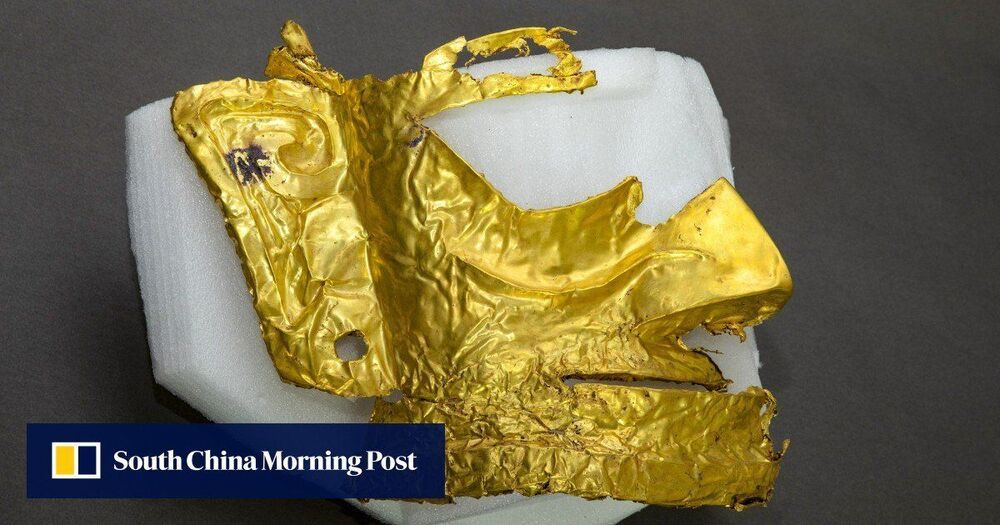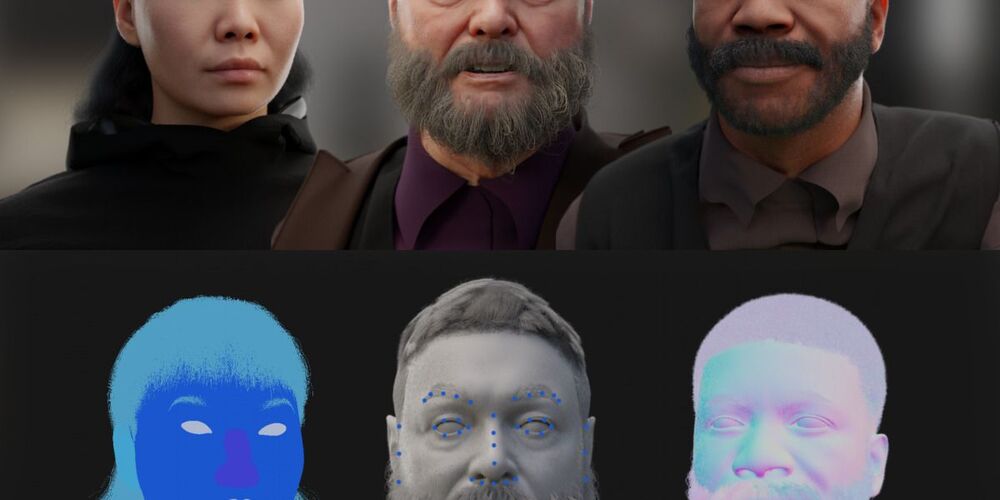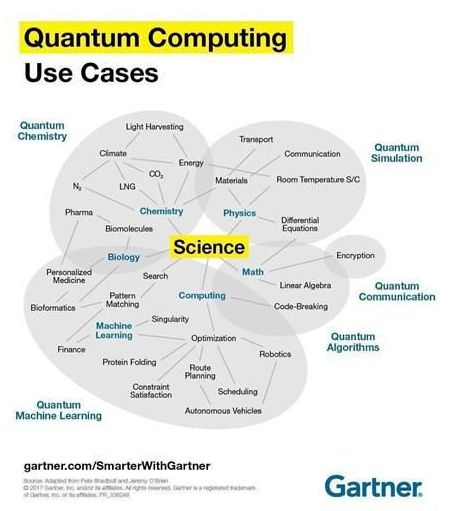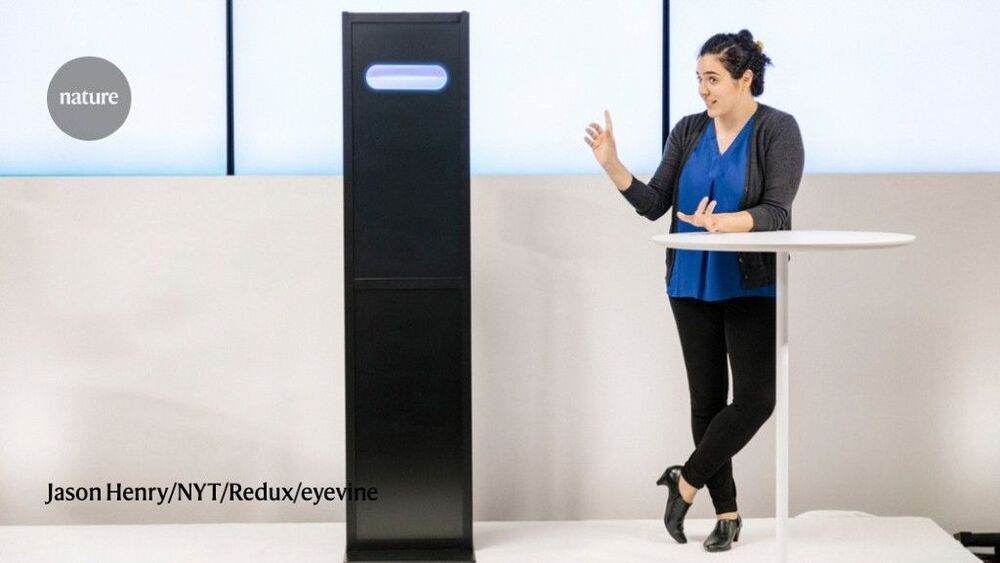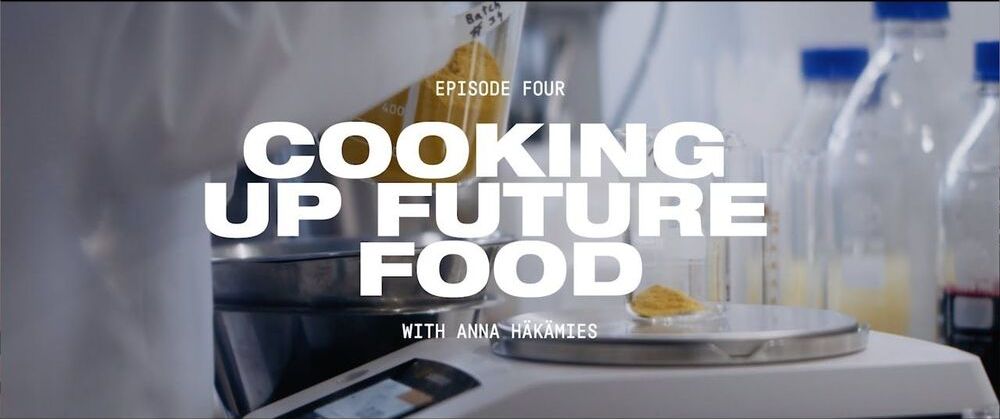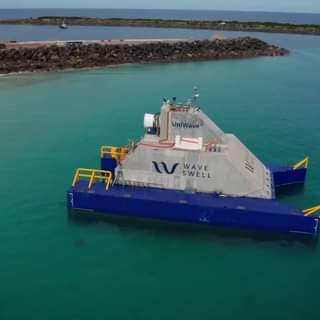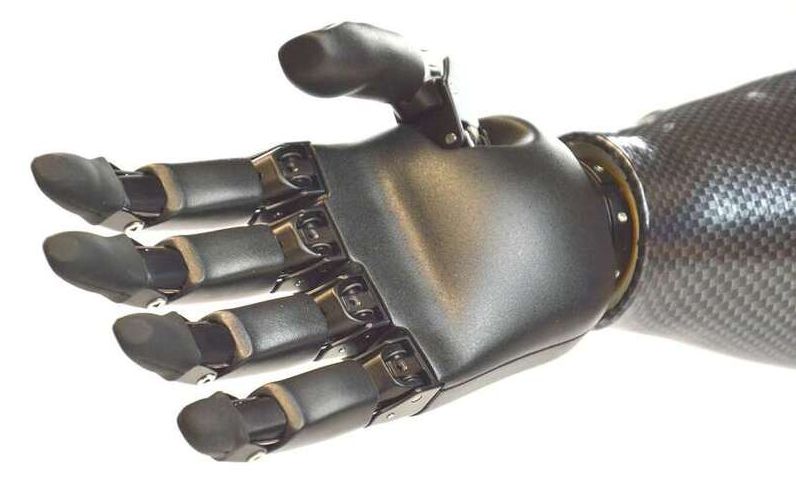
Robots are unable to perform everyday manipulation tasks, such as grasping or rearranging objects, with the same dexterity as humans. But Brazilian scientists have moved this research a step further by developing a new system that uses deep learning algorithms to improve a robot’s ability to independently detect how to grasp an object, known as autonomous robotic grasp detection.
In a paper published Feb. 24 in Robotics and Autonomous Systems, a team of engineers from the University of São Paulo addressed existing problems with the visual perception phase that occurs when a robot grasps an object. They created a model using deep learning neural networks that decreased the time a robot needs to process visual data, perceive an object’s location and successfully grasp it.
Deep learning is a subset of machine learning, in which computer algorithms are trained how to learn with data and to improve automatically through experience. Inspired by the structure and function of the human brain, deep learning uses a multilayered structure of algorithms called neural networks, operating much like the human brain in identifying patterns and classifying different types of information. Deep learning models are often based on convolutional neural networks, which specialize in analyzing visual imagery.
